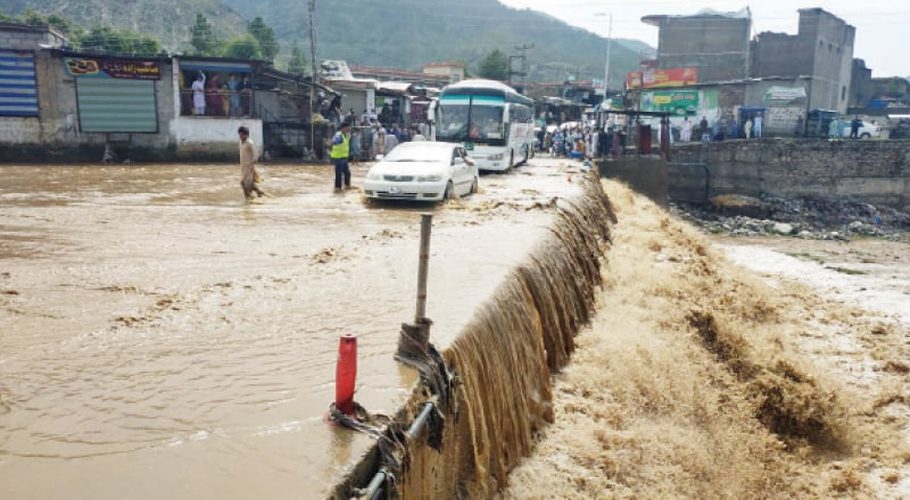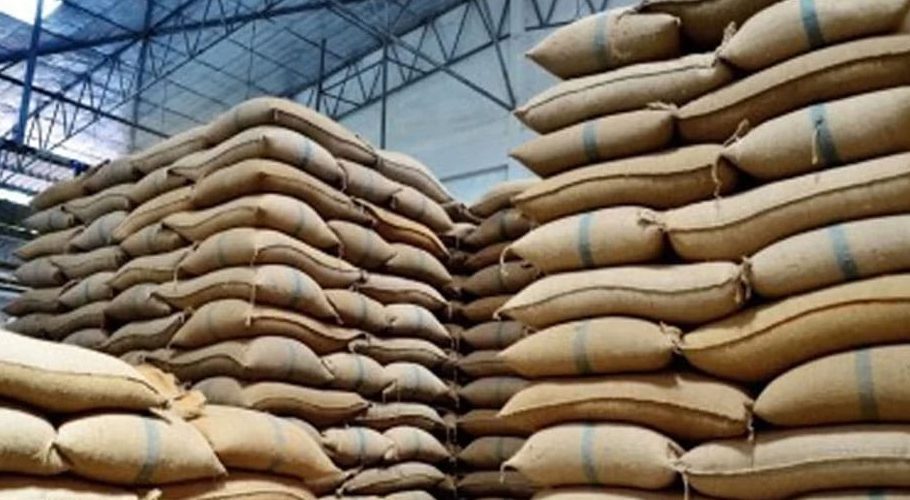Workers’ remittances are an important source of income and foreign exchange for many developing countries like Pakistan. However, in recent months, remittances to Pakistan have been on the decline, posing a challenge for the country’s economy and balance of payments.
Remittance inflows witnessed a decline from July to November 2023, dropping to $11,044.7 million in 2024 compared to $12,317.8 million during the same period last year, representing a 10.3 percent decrease. The World Bank anticipates a reduction in remittance flows to Pakistan, projecting a decrease to $24 billion in 2023 and a further decline below $22 billion with a 10 percent drop in 2024. This is attributed to the growing economic turmoil triggered by a balance of payment crisis and high debt, leading to a significant erosion of public confidence.
Various factors contribute to this decline, including the depreciation of the Pakistani rupee against major currencies, diminishing the incentive for migrants to use official channels. Moreover, the preference for informal money transfer channels, such as hawala and hundi, is driven by better exchange rates and convenience, albeit escaping official records and taxation.
The decline in remittances holds serious implications for the country’s economy, widening the current account deficit, depleting foreign exchange reserves, increasing external debt, and reducing domestic consumption and investment. To reverse this trend, the government must implement policies that encourage formal remittance channels.
Remittances are a vital lifeline for millions of Pakistanis, and a key driver of economic growth and development. Addressing challenges and tapping into the potential of remittances can pave the way for greater financial stability and prosperity.































